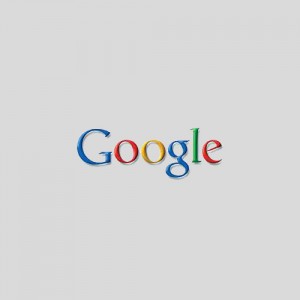 UConn officials have inked a contract with Google to host a suite of on-line applications, including email, for the University’s 30,000 undergraduate and graduate students.
UConn officials have inked a contract with Google to host a suite of on-line applications, including email, for the University’s 30,000 undergraduate and graduate students.
“Our students have spoken, and this is what they want,” says Associate Vice President and Chief Information Officer David Gilbertson. “The students have voiced their concerns for some time regarding HuskyMail, and in discussions with student leaders last year they clearly stated they wanted the University to move toward a system they’re more comfortable with.”
College Apps for Education, says Gilbertson, is built around a modern platform, and he is confident that Google will continue to improve the system.
“Students will find that they will be able to do things – build web sites, calendaring, instant messaging and social networking, for instance – that UITS would not have been able to offer. And there’s a lot more coming down the pike.”
By the time the new academic year begins, says Steven Wormsley, director of plans, policies and operations at UITS, students will be able to begin migrating their email and other files from their HuskyMail accounts to the Google system. He says students will have to opt into the new system, agree to the acceptable use policies established by the University and Google, then initiate the migration. Once that’s completed, they can begin to bring the rest of the Google suite into their normal activities.
“Integrating the entire suite of Google Apps can probably be done on Day 1, however, it becomes a support issue,” says Wormsley. “The question is if we throw too much information at students at once can they handle it or will they need more support than we can provide TO THEM at one time? So we may have to phase in the introduction of Google Apps.”
“The largest part of the change is awareness,” Gilbertson says, adding UITS and Student Affairs Information Technology (SAIT) will be providing training tools – videos and interactive tools as well as utilizing their Helpdesks – and they are looking for student ambassadors who can provide information and train other students, increasing the number of people assisting in the changeover.
Although Google will host the system and run the servers, Gilbertson says UConn will continue to be the first line of support and will make sure students have access to the system.
“The driver here is not that it’s easier for us, but that it’s what the students wanted,” he says.
That said, having Google operate the system means UITS staff can focus on other tasks, and not worry about running another email system. And there is no cost to the University for the new system.
Among other advantages, the Google platform will be much more reliable than HuskyMail was, and it will increase the size of each student’s mailbox from 50 megabytes to 7 gigabytes. Google will not be allowed to advertise on the site nor is Google allowed to mine student information.
Email and other on-line services for faculty and staff will not change, says Wormsley.
“Most Universities have gone this route over the last few years,” says Gilbertson. “They’re not able to keep up with the types of email systems that commercial services are able to do today at an acceptable cost.”
Officials are working on a name for the new system, but one thing is certain: It will not be called HuskyMail.
For more information regarding the new product and training information, go to HTTP://GOOGLE.UCONN.EDU/. For questions, send an email to googleapps@uconn.edu.


